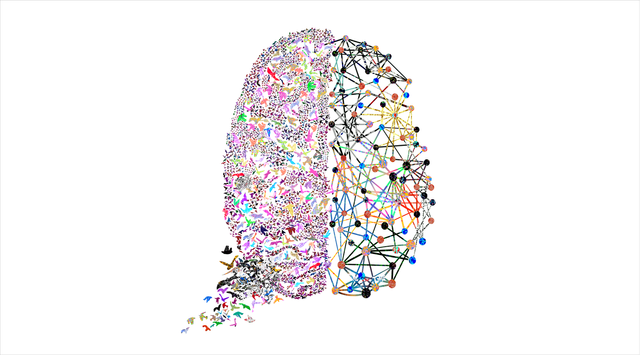Explaining Behaviors of Animals Using Behavioral Science Software
Behaviors are the specific behaviors and physical actions performed by people, animals, systems, or other artificial entities during interaction with their environment or others, that includes both humans and other living things. Behaviors are very complex and numerous, with a wide range of possible behaviors existing, each with different characteristics and function. Behaviors can take on any of the various forms of self-organization, including self-direction, self-regulation, or self-synthesis. They can also be adaptive, meaning they are directed by their environments and the needs of other living things, or maladaptive, meaning they are directed towards their own care or the maintenance of their own survival. In this article we will talk about the last category, maladaptive.
Maladaptive behavior is characterized by underdeveloped psychological processes, including temperament, interpersonal skills, and coping strategies. It results when people fail to meet the needs of their psychological and physical environment, resulting in the absence of necessary skills, and a loss of energy, motivation, and pleasure. In humans, maladjustment to the demands of the surrounding environment and the effects of early experiences can contribute to extroverted behaviors and extroverted personality traits. The term is also used to refer to personality disorders like ASPD (Attention Deficit Hyperactivity Disorder) and Bipolar.
Behaviors can be innate or learned. For instance, instinctive behaviors such as hunting and food hunting have been part of our lives since early man. However, a new animal is introduced into a hunting area, such as a cat, and it takes time for the hunter to recognize the new prey. This type of behavior, known as instinctual, is usually considered "innate."
However, learned behaviors can be learned. For example, a cat that has been exposed to a number of cats, learns to associate cats with safety and becomes less likely to attack other felines. This is an example of an innate behavior. On the other hand, acquired behaviors can be learned. A person who has been raised in a home where violence is common and physical abuse is commonplace would be an example of a learned behavior.
Behavioral biology refers to the study of behavior by studying the brain's activity during various events. Researchers have been able to map the brain's neural circuits and decipher how different parts of the brain send signals to each other. There are two major theories on how behavior is controlled: one is called contingency planning, which involves making choices based on previous experience; the second is called affect and motivation.
contingency planning involves making choices based on prior experience. This theory is used in many forms of animals' and plant behavioral science. For instance, a wild bee will follow a leader, fly from one flower to another, and even go from one tree to another all within a few hours of being released from their hives. If the bee has previously observed another bee moving from one flower to another, it will likely follow that particular bee. If it sees a rival bee moving from the same flower to another, it will also take actions to discourage that particular bee from moving towards its nest. In essence, the bee is learning what it needs to do to survive.
The second theory of affect and motivation, called behavioral biology, is also used in many forms of animal behavior and can be seen in natural selection. Natural selection is often called the survival of the fittest, because the ones that survive will pass on their traits to the next generation. One example of a behavior that is believed to be influenced by natural selection is mating behaviors, or the way that species behaves when it is mating. Animals that exhibit mating behaviors tend to be highly aggressive toward other members of their own species. This aggression is sometimes directed at other members of the same species. Some animals engage in intrapersonal and intramural aggression toward other animals and humans.
These two theories of animal behavior are not the only theories of behavior that have been used to explain how animals behave. Since there is a wealth of information available to the researcher, many other behaviors can also be explained. Natural selection and human behavior both play a large role in the understanding of animal behavior. Both can be explored with the help of behavioral science software like the one we use at The Learning Annex.
Congratulations! Your post has been selected as a daily Steemit truffle! It is listed on rank 14 of all contributions awarded today. You can find the TOP DAILY TRUFFLE PICKS HERE.
I upvoted your contribution because to my mind your post is at least 4 SBD worth and should receive 29 votes. It's now up to the lovely Steemit community to make this come true.
I am
TrufflePig, an Artificial Intelligence Bot that helps minnows and content curators using Machine Learning. If you are curious how I select content, you can find an explanation here!Have a nice day and sincerely yours,

TrufflePig